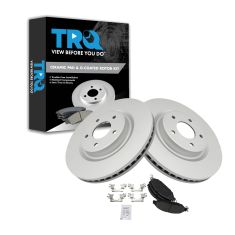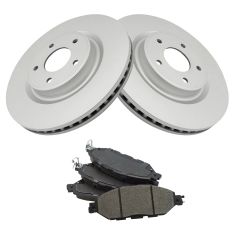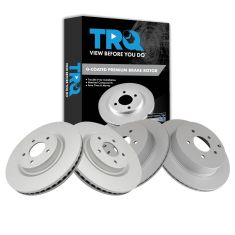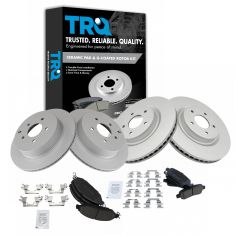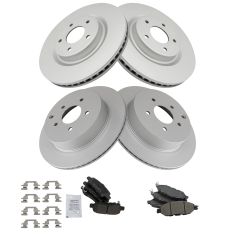1ABFS05894-Nissan Infiniti Front Driver & Passenger Side 2 Piece Brake Rotor Set TRQ BRA79666
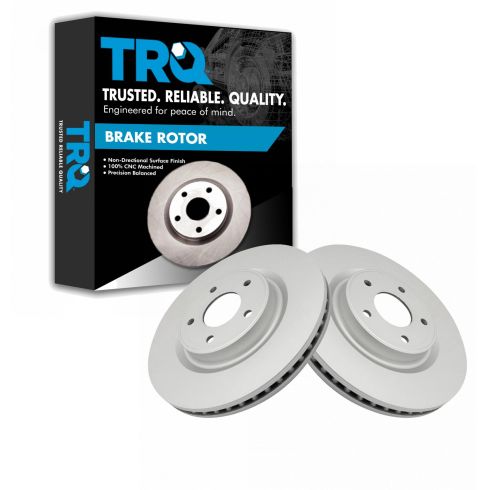
Replaces
2014 Infiniti QX60 Front Driver & Passenger Side 2 Piece Brake Rotor Set TRQ BRA79666

Product Reviews
Loading reviews
There are no reviews for this item.
Customer Q&A
No questions have been asked about this item.
Infiniti is a registered trademark of Nissan Motor Co., Ltd. 1A Auto is not affiliated with or sponsored by Infiniti or Nissan Motor Co., Ltd.
See all trademarks.






